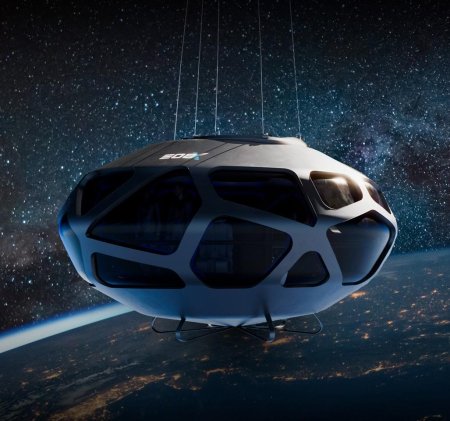Starliner return delayed again, until July
NASA tonight announced that it is once again delaying the undocking from ISS and the return to Earth of Boeing’s Starliner capsule, carrying two astronauts, with the return date a as-yet unspecified date in July.
The move off Wednesday, June 26, deconflicts Starliner’s undocking and landing from a series of planned International Space Station spacewalks while allowing mission teams time to review propulsion system data.
It seems to me that they have decided the more time Starliner spends in space right now, the more data they can gather about its flightworthiness in the future. Remember, the first manned Dragon demo mission stayed at ISS for more than two months.
Their approach however — announcing small delays over and over again — is extremely poor PR. It makes it seem as if the capsule’s various issues — thrusters, helium leaks, and valves — are a more serious than I think they are.
NASA tonight announced that it is once again delaying the undocking from ISS and the return to Earth of Boeing’s Starliner capsule, carrying two astronauts, with the return date a as-yet unspecified date in July.
The move off Wednesday, June 26, deconflicts Starliner’s undocking and landing from a series of planned International Space Station spacewalks while allowing mission teams time to review propulsion system data.
It seems to me that they have decided the more time Starliner spends in space right now, the more data they can gather about its flightworthiness in the future. Remember, the first manned Dragon demo mission stayed at ISS for more than two months.
Their approach however — announcing small delays over and over again — is extremely poor PR. It makes it seem as if the capsule’s various issues — thrusters, helium leaks, and valves — are a more serious than I think they are.







